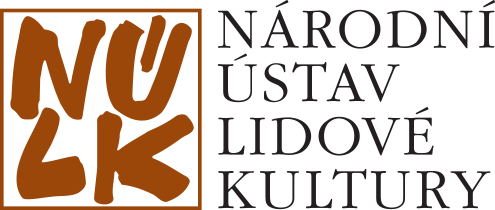Výstava vznikla v rámci projektu NAKI č. DF11P01OVV017 – Tradiční lidový oděv na Moravě,
identifikace, analýza, konzervace a trvale udržitelný stav sbírkového materiálu z let 1850–1950.
Výstava vznikla v rámci projektu NAKI č. DF11P01OVV017 – Tradiční lidový oděv na Moravě,
identifikace, analýza, konzervace a trvale udržitelný stav sbírkového materiálu z let 1850–1950.

